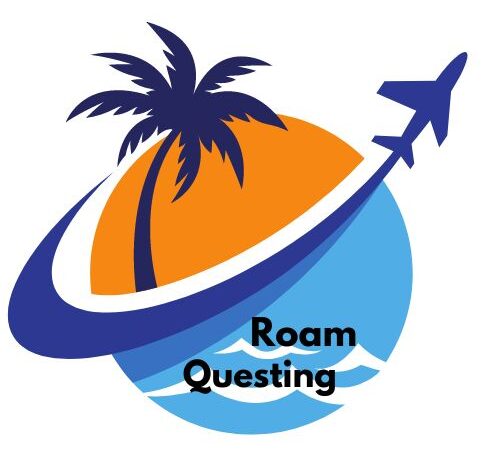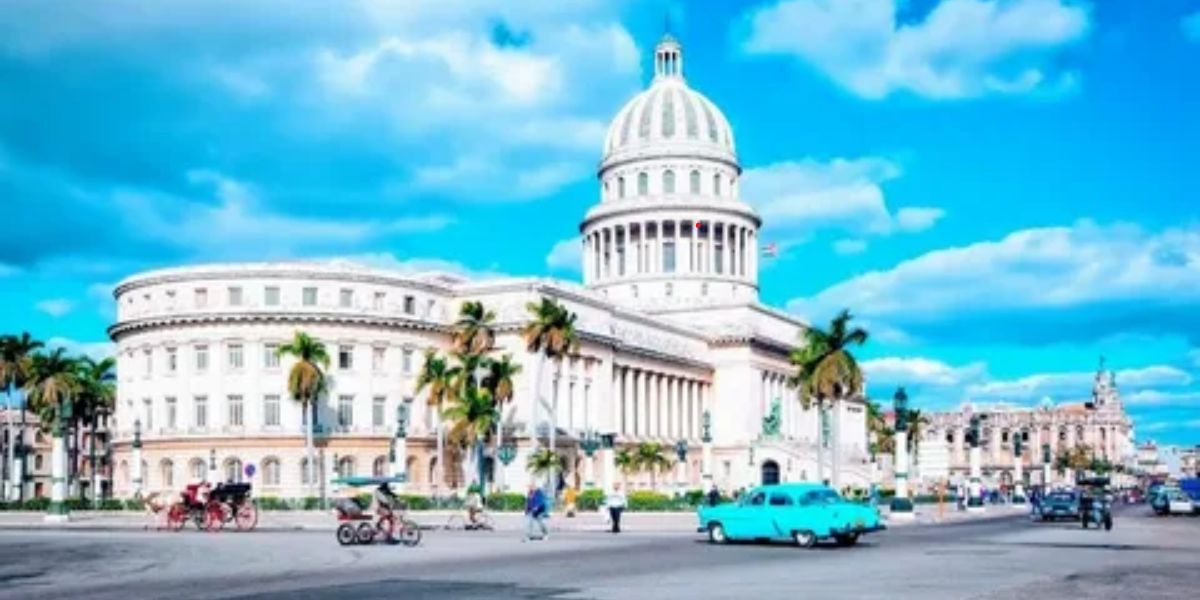When you think of Cuba, what immediately comes to mind? Perhaps it’s the vibrant rhythms of salsa music echoing through the cobblestone streets, or the rich aroma of a freshly rolled cigar wafting from an outdoor café. But beyond these iconic symbols lies a treasure trove of unique aspects that define this enchanting island. In this exploration, we will dive into **what Cuba is known for**, uncovering 22 fascinating elements that contribute to its charm and allure. From the distinct Cuban language—complete with colorful slang—to the timeless beauty of Old Havana, every corner reveals something extraordinary.
What Is Cuba Known For?
Its spirited atmosphere lies an astonishing array of iconic landmarks, UNESCO-protected sites, and centuries-old fortifications that tell stories of resilience and revolution. These remarkable Cuban things captivate the imagination and invite exploration.
From the colorful colonial architecture of Old Havana to the breathtaking landscapes of Viñales Valley, Cuba offers a unique blend of cultural heritage and stunning natural reserves. Each corner reveals a piece of history waiting to be uncovered—like the formidable Castillo del Morro guarding Havana Bay or the lush biosphere reserves teeming with endemic species. For enjoying more you must visit my blog Cuban Dance.

22+ Unique Things To Know About Cuba!
1.Contrastfilled Havana | The Capital Of Cuba
In December 2019, this enchanting city marked its 500-year anniversary with a cacophony of music, dance, and revelry that echoed through its historic streets. But what is Cuba known for beyond its rich history and lively spirit? From the legendary cigars to classic vintage cars that glide along Malecón’s picturesque waterfront, Cuban things weave an intricate tapestry of culture and tradition.
The Old Havana Ancient Splendor
Old Havana is a vibrant city, known for its captivating blend of colonial architecture and lively street life, is a living testament to what Cuba is famous for: its rich heritage and artistic spirit. As you wander through its cobblestone streets, every corner reveals an enchanting scene: majestic structures like El Morro guarding the harbor side by side with venerable colonial houses that tell stories of decades gone by. Discover more about you read my blog Ultimate Havana Nightlife in detailed guide.
Eclectic Central Havana District
Wandering through the eclectic streets of Central Havana, you’ll discover a vibrant tapestry woven with the daily lives of its residents, creating an atmosphere unlike any other. The rhythm of life here is palpable—from spirited market vendors hawking fresh produce and local crafts to clotheslines strung across balconies, where colorful laundry flutters in the Caribbean breeze.
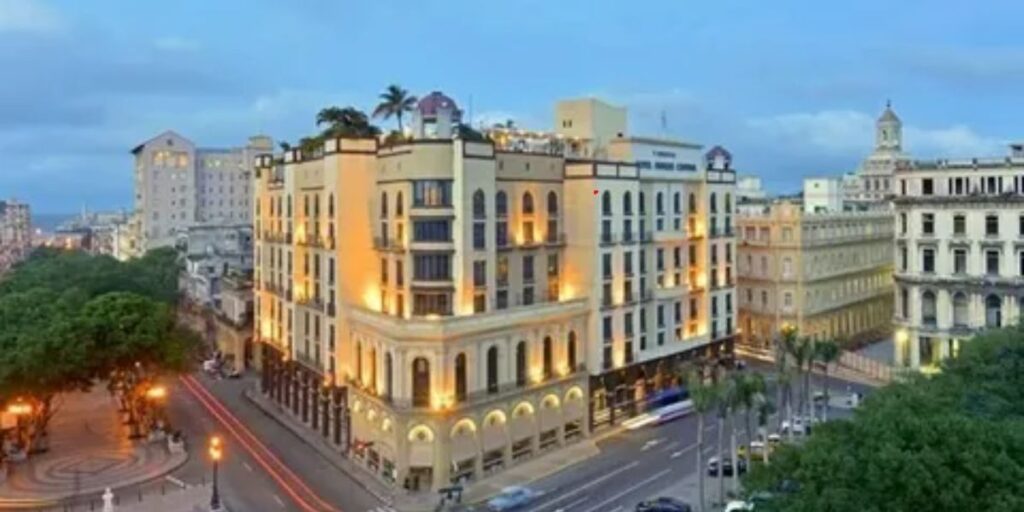
Posh El Vedado & Miramar
The Posh El Vedado and Miramar districts stand as a testament to Cuba’s rich architectural heritage and cultural vibrancy. Known for their wide avenues lined with stately mansions, these neighborhoods boast an eclectic mix of modernist architecture that reflects the island’s historical evolution. The Cine Yara cinema, a prime example of mid-century design, captures the spirit of what Cuba is famous for—its passionate embrace of arts and cinema.
2.What Is Cuba Known For If Not Cigars?
Cuba is often synonymous with its world-renowned cigars, but the island’s allure stretches far beyond tobacco. Known for its vibrant culture, Cuba boasts a distinguished music scene that has given birth to legendary genres like son and salsa. The infectious rhythms and colors of traditional Cuban music echo in every corner—from the bustling streets of Havana to intimate gatherings where locals share their passion for dance and song. Uncover the cultural roots of read more by our article snow in Cuba in our in-depth exploration.
3.Varadero Beach | World Second Place 2019
Varadero Beach, nestled on the stunning Hicacos Peninsula, has earned its place as the second-best Caribbean beach according to TripAdvisor in 2019, a true testament to its allure. Known for its powdery white sands and crystal-clear waters, Varadero offers an idyllic escape for travelers seeking the quintessential Cuban experience. Planning your next vacation? Explore the Best Caribbean Islands for a perfect escape.

4.The Carnival Capital Santiago De Cuba
The Carnival of Santiago de Cuba is a vibrant testament to what Cuba is known for: its rich cultural tapestry woven from the threads of history, music, and community spirit. Dating back to the end of the 17th century, originally known as the Mamarrachos celebration, this carnival embodies the pre-Lenten season’s joyous exuberance. Each year in late July, as Cubans commemorate their national day on July 26th, Santiago transforms into a kaleidoscope of dance and rhythms.
5.The Unique Architecture Cuba Is Known For
Cuba is renowned for its unique architectural blend that tells a story of colonial history and cultural evolution. The vibrant streets of Havana, characterized by an eclectic mix of Spanish Baroque and Neoclassical influences, create a captivating visual narrative.rinidad and Santiago de Cuba, you’ll encounter well-preserved colonial cities that transport you back in time. These towns are known for their colorful pastel houses and cobblestone streets, reflecting the elegance of 19th-century architecture while resonating with stories from Cuba’s rich past.
6.El Capitolio Is Not Inspired By The White House!
The construction of El Capitolio—which cost around $17 million and was completed in the 1950s—speaks volumes about the nation’s rich historical narrative. Adorned with exquisite details including 22-carat gold leaf, this building exudes an air of opulence that showcases Cuba’s penchant for artistry and flair.El Capitolio, with its striking dome and grand façade, stands as a testament to Havana’s architectural ambition, yet it is often mistakenly compared to the White House. While both structures share a sense of grandeur, El Capitolio draws more direct inspiration from the majestic Pantheon in Paris and the stunning Tempietto at Montorio in Rome.

7.The Famous Cuban Coffee
The country’s espresso culture, particularly the iconic small cup of strong café cubano sweetened generously with sugar, encapsulates the essence of Cuban hospitality and resilience. Cuba’s coffee industry flourished remarkably by the mid-20th century, when it was not just about production but an emblem of national pride. As Cuba exported over 20,000 tons of coffee beans each year in that golden age, it became a staple in homes both locally and around the globe. For the best Cuban coffee experience, check out our guide to the Best Cuban Coffee Brands.
8.Why Are There Classic American Cars In Cuba?
Classic American cars are a striking and vibrant part of Cuba’s landscape, serving as moving monuments to a bygone era when the island was closely allied with the United States. Following the Spanish-American War in 1898, relations flourished, leading to an influx of American automobiles that became synonymous with Cuban culture. However, the tides shifted dramatically post-1959 after Fidel Castro’s revolution brought about a prohibition on U.S. imports.
9.What Is Special About Cuban Style Salsa?
Cuban style salsa, often referred to as Salsa Casino, is a dynamic fusion of African rhythms with traditional Cuban percussion instruments, creating an infectious cadence that captivates both dancers and listeners alike. This vibrant music scene traces its roots back to the late 1960s and early 1970s when Puerto Ricans and Cubans plying their craft in New York infused their cultural narratives into the genre. Explore the vibrant world of Cuban dance styles and discover the rhythms that define this rich cultural heritage.
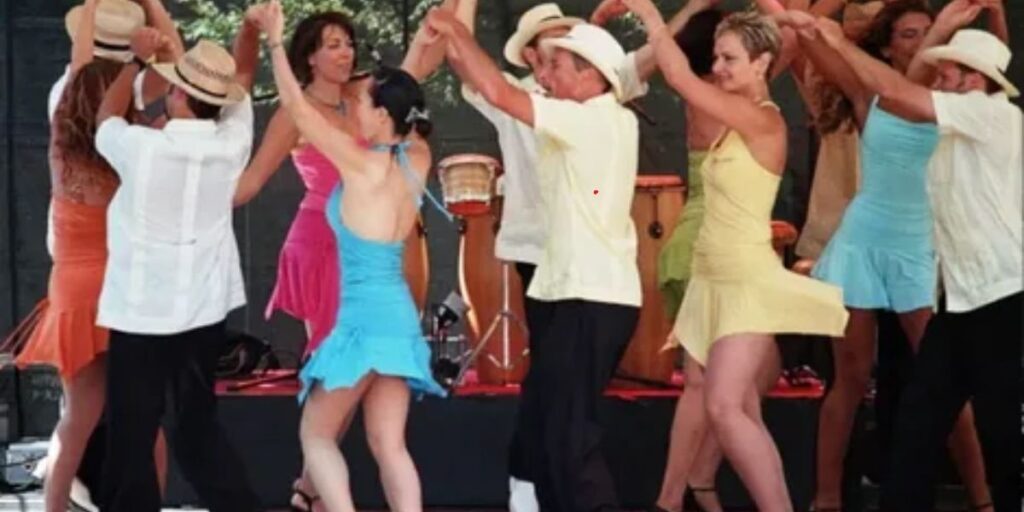
10.The Golden Cuban Rum
Cuban rum stands as one of the most celebrated products from the island, weaving a rich narrative of history and resilience that underscores what Cuba is known for. The essence of Cuban rum lies in its meticulous production process, rooted in the fermentation of molasses — a by-product of sugar refining that flourished under colonial rule. Notably, brands like Havana Club and Bacardi have etched their names into global consciousness, each with distinct stories reflecting Cuba’s cultural heritage.
11.The Fateful Cuban Revolution
The Fateful Cuban Revolution in December 1958 transformed the island’s landscape, forging a new identity for eleven million Cubans over six tumultuous decades. While the U.S. had generally supported the authoritarian regime of Fulgencio Batista, who ruled with an iron fist, it was the discontent brewing among ordinary citizens that sparked hope for change. Enter Fidel Castro and his 26th of July Movement—a band of revolutionaries embarking on a daring guerrilla campaign from the rugged Sierra Maestra mountains.
The Battle Of Santa Clara
The Battle of Santa Clara in December 1958 marked a pivotal moment in Cuba’s history, as it foreshadowed the dramatic end of President Batista’s regime. Known for its intense guerrilla warfare, this clash showcased the strategic brilliance of Fidel Castro and his comrades, notably Che Guevara and Emilio Cienfuegos. Their calculated maneuvers not only dismantled government defenses but also ignited a wave of revolutionary fervor across the nation.

12.What Is Exclusive About Cuban Music Culture?
Cuban music culture stands as a vibrant tapestry woven from the influences of Spanish conquerors, African slaves, and Haitian refugees. Each group contributed their unique rhythms and melodies, leading to what Cuba is known for: an intricate fusion of diverse musical styles. This cultural exchange gave birth to genres like *canción Cubana* and *danzón*, which encapsulate not just artistic expression but also the island’s complex history.
13.The Enigmatic Sierra Maestra Mountain Range Secrets
riente Province, the Sierra Maestra mountain range holds a tapestry of secrets that intertwine history, culture, and nature. Dominated by Pico Turquino, Cuba’s highest peak at just under 2,000 meters, this majestic landscape is both a natural wonder and a historical landmark. What is Cuba known for? Its lush biodiversity and hidden waterfalls draw adventurers seeking exploration beyond the usual tourist paths while echoing tales from the Tainos who inhabited these lands over 500 years ago.
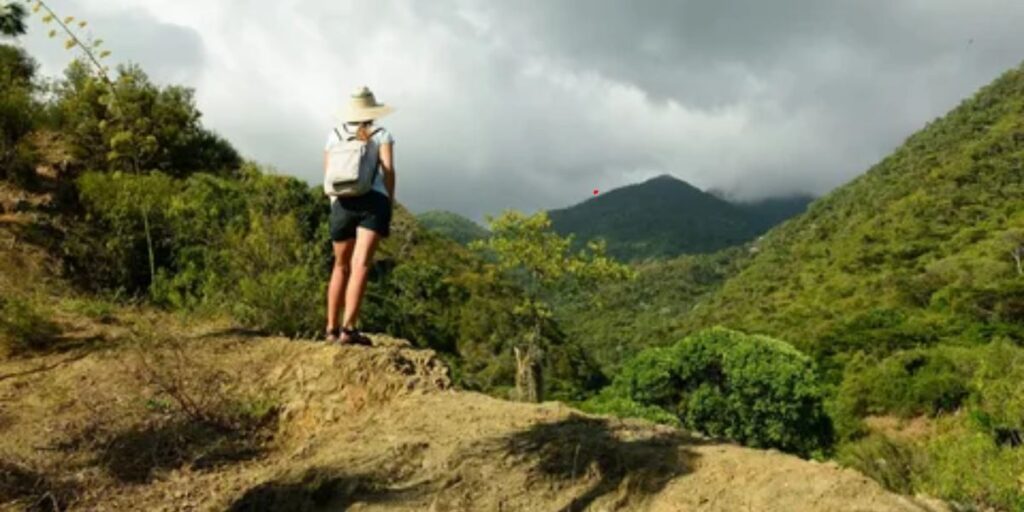
14.Extraordinary Colonial Trinidad Cuba History
The Valle de los Ingenios, or Valley of the Sugar Mills, stands as a UNESCO World Heritage site that chronicles the golden age of sugar production in colonial Cuba during the 17th and 18th centuries. Once a thriving hub of trade and prosperity, this expansive valley whispers stories of enslaved laborers who toiled under the sun to produce sugar that would sweeten markets around the world.
15.Distinct Cuban Art Style And History
Cuban art is a vivid tapestry woven from the island’s rich history and diverse influences, which span South America, Africa, Europe, and North America. One of the most captivating aspects of Cuba’s artistic narrative lies in its ability to blend traditional techniques with contemporary practices. The vibrant use of color and bold visual symbolism reflects not only Cuba’s cultural identity but also its struggles and triumphs.
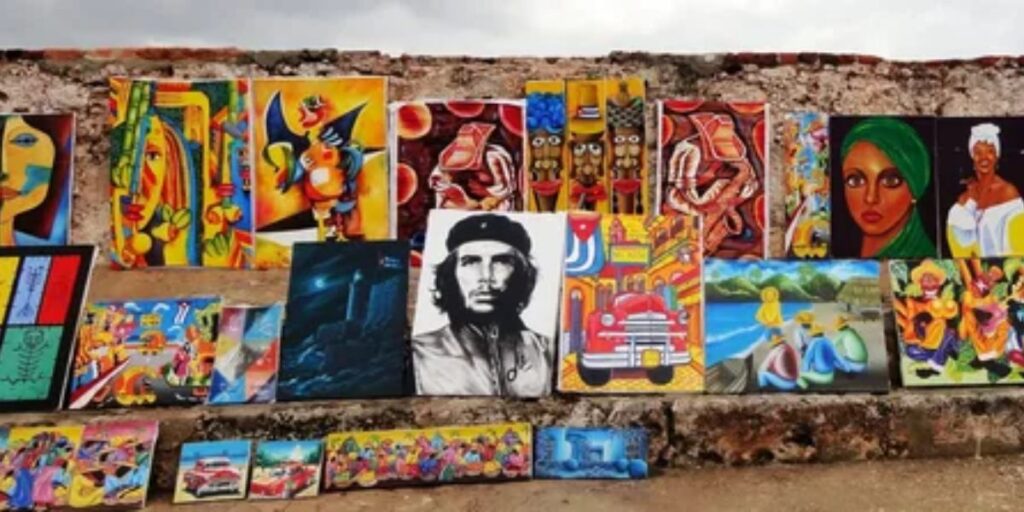
16.Why Is Baseball Cuba’s National Sport?
Baseball’s journey to becoming Cuba’s national sport is steeped in a rich tapestry of cultural exchange and historical significance. Introduced in the 1860s by immigrants and traders from the United States, the game quickly captivated Cuban hearts. Nemisio Guillo’s gift of the first bat and ball not only signified an introduction to a new pastime but also laid the foundation for a wave of passion that shaped Cuban identity.
Baseball And The Revolution
Baseball in Cuba has long been more than just a pastime; it is intricately woven into the fabric of Cuban culture and history. Amidst the tides of revolution led by Fidel Castro, baseball became symbolic of resistance and resilience. After taking power in 1959, Castro recognized that the sport was not only a beloved tradition but also a potent means for unifying the nation.

17.The 9 UNESCO World Heritage Sites In Cuba
Cuba, a vibrant gem of the Caribbean, stands out not just for its stunning landscapes but also for its cultural richness, as evidenced by its impressive nine UNESCO World Heritage Sites. This fifth-highest number in Latin America emphasizes the island’s historical and environmental significance.
- Diverse Heritage
- Cultural Reflections
- Tourism Boost
- Environmental Significance
18.Rumors Of Cuban Food Traditions Are Wrong!
Cuban cuisine is a vibrant tapestry woven from the threads of Spanish, African, indigenous, and Caribbean influences. Contrary to popular belief that Cuban food is solely defined by its rice and beans or typical dishes like Ropa Vieja, the island offers an array of flavors that reflect its rich cultural melange.What many may not realize is that fried dishes dominate the Cuban culinary landscape; from crispy tostones rellenos to succulent fried pork, many meals are adorned with a golden crunch. It’s important to appreciate these frying techniques as more than mere indulgence.
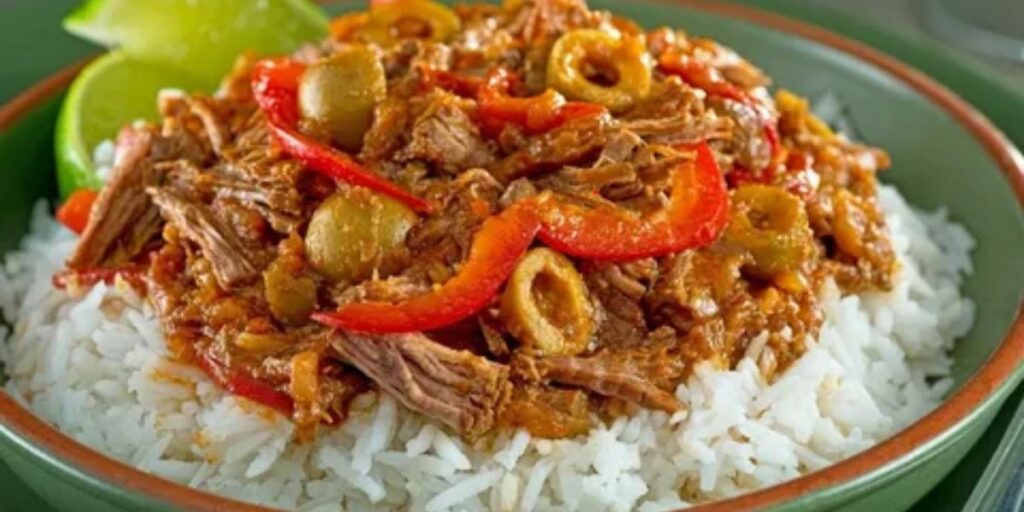
19.The Vibrant Nightlife Cuba Is Known For
Cuba is known for its vibrant nightlife, where every celebration transforms into an explosion of color, rhythm, and joy. From birthdays to Mother’s Day, the island pulses with energetic festivities that light up the streets and infuse communities with a palpable sense of belonging. One cannot truly experience what Cuba is famous for without wandering into its bustling Casa de la Musica venues.
20.Cuban Traditions | Santeria Afro-Cuban Religion
Cuban traditions are a vibrant tapestry woven with the threads of Santería, Afro-Cuban religions, and Catholicism, showcasing the island’s complex cultural heritage. What is Cuba known for beyond its stunning landscapes and rhythmic music? The intertwining practices of Santería reveal how deeply spirituality permeates daily life. This fascinating religion honors orishas—powerful deities representing nature and human experience—often synchronized with Catholic saints to seamlessly blend Afro-Caribbean beliefs with European traditions.
21.Classic Cuban Cocktails
During Prohibition in the United States, when alcohol was outlawed from 1920 to 1933, many Americans sought solace in the vibrant cocktail culture just a short distance away in Cuba. This period marked a golden era for Cuban cantineros, who became masters of their craft, blending creativity with local ingredients to serve drinks that still resonate today. Cocktails like the refreshing Mojito and the zingy Cuba Libre not only quenched thirsts but also defined what Cuba is known for: an unparalleled spirit of celebration and resilience.

22.Spectacular Cuban National Parks
Cuba is famously known for its vibrant culture and rich history, but it also boasts a remarkable array of national parks that showcase the island’s spectacular natural beauty
23.Cuba Is Just 90 Miles From Key West!
The proximity of Cuba to Key West, a mere 90 miles away, is more than just a geographical fact; it’s a poignant reminder of the enduring ties between the two cultures. Simonton Street in Key West is where Cuban influence dances vividly with American life, showcasing vibrant street art and authentic cafés infused with the aroma of rich coffee and classic pastries.
24.Almirante Oquendo Shipwreck From The Spanish American War
The Almirante Oquendo, once a stalwart symbol of Spanish naval power, met its fate amid the tumult of the Spanish-American War in 1898. As the conflict brewed in Santiago de Cuba, this formidable cruiser struggled against both external enemies and internal turmoil. On July 3rd, during a decisive naval engagement known as the Battle of Santiago de Cuba, the ship found itself caught between relentless gunfire and strategic vulnerability, leading to its eventual sinking just 6.8 nautical miles from shore.

Final Thoughts:
Cuba is a vibrant tapestry of history, culture, and natural beauty that captivates the hearts of those who visit. From its classic vintage cars and rich musical heritage to the stunning landscapes of its beaches and tobacco fields, the island offers unique experiences that are hard to find elsewhere. The resilience and warmth of the Cuban people further enhance its charm, making it a destination steeped in both tradition and modernity. Whether you’re exploring Havana’s colorful streets or savoring authentic Cuban cuisine, there is always something new to discover.
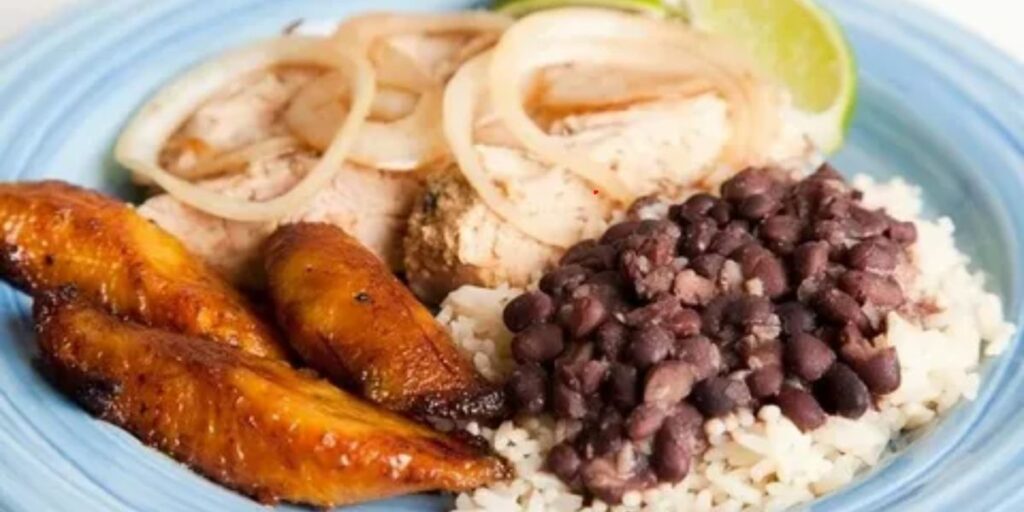
FAQs Cuba Travel
Can US citizens travel to Cuba as a tourist?

U.S. citizens cannot travel to Cuba purely for tourism. The U.S. government maintains restrictions on travel to Cuba, allowing visits only under specific categories such as family visits, educational activities, or support for the Cuban people. Travelers must meet one of these criteria and adhere to certain regulations set forth by the Office of Foreign Assets Control (OFAC).
Why are US citizens not allowed to travel to Cuba?
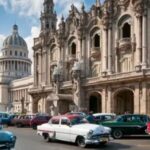
It’s not entirely accurate to say that U.S. citizens are completely barred from traveling to Cuba, there are significant restrictions that have historically limited travel to the island.
How Do I get a tourist card for Cuba?

To obtain a tourist card for Cuba, you have several options. The most common way is to purchase it through your airline when booking your flight, as many airlines that operate flights to Cuba offer the tourist card as part of their service.
What happens if a US citizen travels to Cuba?

When a U.S. citizen travels to Cuba, they must navigate specific regulations due to the ongoing embargo and restrictions imposed by the U.S. government. One essential requirement is obtaining a PINK Cuban tourist card, which serves as a visa for entry into Cuba.
